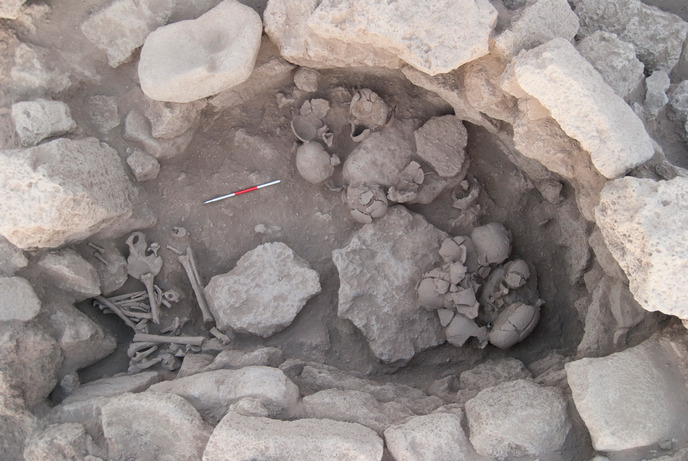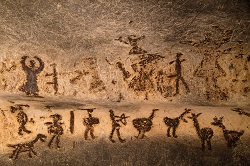Uncorking Egypt’s wine heritage
Many people think of wine as quintessentially Greco/Roman, although winemaking actually predates the Greeks by at least 4 000 years. Much of winemaking’s hitherto-neglected history involves the ancient Egyptians. The EU-funded EGYWINE (Ancient Egypt’s Wine Rebirth) project studied Egyptian winemaking and preservation between the predynastic (3800-3300 BCE) and New Kingdom (1539-1075 BCE) periods. The team will use genetic analyses of wine residues in ancient containers to infer Egyptian winemaking techniques. The study also drew upon an unusual kind of ancient text. During its New Kingdom period, Egypt manufactured amphorae (60-cm ceramic bottles, with handles) to contain wine. The containers were inscribed in hieratic script, an everyday, cursive form of hieroglyphs. The inscriptions served the same function as today’s wine bottle labels, and helped in the selection of a good wine. The inscriptions included type of product, year of vintage, quality and sweetness, geographical origin, type of ownership (royal, temple or private), and the winemakers’ details. Analysis of the inscriptions, combined with separate analysis of the jars’ ceramics, will help trace the diffusion of winemaking techniques to Europe. Ancient materials, modern bottlenecks EGYWINE suffered setbacks and delays, and therefore has not yet reported the results of its analysis. “Over the last few years, exporting ancient material from Egypt to other countries has become impossible,” explains project lead researcher, Dr Maria Rosa Guasch-Jané, “and our lab is in France.” Thus, the project has completed neither the sampling of ancient grape residues nor their genetic analysis. The team is currently documenting its analysis of the amphorae inscriptions. Nevertheless, the project’s preliminary literature review of archaeological evidence reveals considerable information about the role of wine in Ancient Egypt. Tomb-wall paintings are one of several sources of information as they often depict grape harvesting, winemaking and religious ceremonies. “Egyptians saw a connection between wine’s red colour and the blood of Osiris, god of the underworld and afterlife,” says Dr Guasch-Jané. “Thus grapes and wine in Egyptian culture symbolised revitalisation and rebirth.” Ceremonial drink Egypt had a very organised system of wine production. Yet, the product was seen as a luxury, suitable for religious ceremonies. Pharaohs and priests used it for temple offerings. Large wine jars displaying the royal seal found in tombs from the Predynastic period (ca. 3800 BCE) at Abydos and Saqqara were interpreted to mean that the wine was meant for the deceased in the afterworld. From the Early dynastic period (ca. 2950 BCE), wine was also consumed during funeral ceremonies. Royalty and the nobility also enjoyed wine at banquets and during festivals. It seems likely that Egyptian use of wine ended with the dynastic period around 343 BCE. The Greeks probably picked up Egyptian winemaking traditions during their rule of Egypt from 305 BCE. In other results, the project team created a ‘Wine of Ancient Egypt’ website that elaborates on the above aspects of wine in Egyptian life. The site includes an interactive archaeological map of Egypt, showing wine-related scenes from tombs. When the final results are published, the EGYWINE project will have revealed new information about Egypt’s winemaking heritage. This will include how the techniques evolved over time and ultimately influenced European winemaking. Wine is one of countless Egyptian legacies still alive in Europe.
Keywords
EGYWINE, wine, winemaking, inscriptions, ancient Egypt, amphorae, genetic analysis







